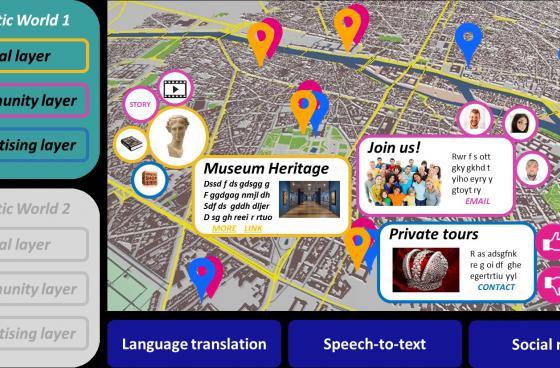
On March 14, a consortium including EXARC submitted a research proposal to the EU. It is about cultural heritage experiences and digital Information.
How can we manage and curate existing digital data and use these in new stories? We all know examples of great data collection for a specific application, but all too often, both technique and its data are kicked out the window once things get too old. However, the data are worth curating and reusing.
With the APACHE Project, we intend to create Mixed Reality-Based Multimodal (MRM) experiences – based on an adaptive storytelling methodology. This way, we will create and adapt appealing stories. In addition, it will not just be screen based, but we intend to include all senses in an immersive and fully participative approach to connect, experience and live tangible and intangible heritage. This will make users more than mere spectators and will facilitate a better understanding of Europe’s culture heritage.
We will create on-site experiences but will also include an online platform to reach a wider audience. APACHE will have access to cultural heritage repositories including Europeana and will use the digital data sets to create new stories, new multimedia resources and more, like for example personalised virtual galleries; online live tours, automatic generation of subtitles and advanced translation, tourism information and recommendation engine, or social media integration. In this dynamic environment, the curation and preservation of the resulting enriched digital assets and MRM experiences will undoubtedly pose a challenge for the experts in APACHE.
APACHE is mainly a research project. However, the involvement of pan-European networks (EXARC, the Balkan Museum Network and the Mediterranean Diet) in APACHE are crucial to develop complementary user-centred case studies and engage citizens. Our exploitation strategy will be emphasised to support APACHE’s widespread adoption and long-term sustainability, targeting a market that currently employs more the 12 million people and represents almost 4% of the EU GDP.
